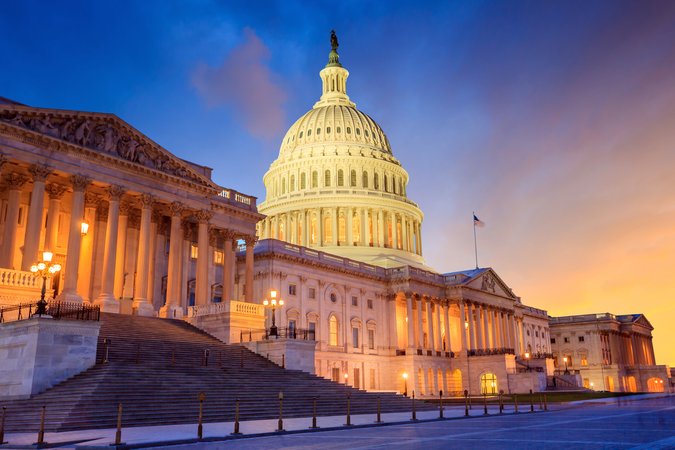Greenhouse Gas Regulation under the Clean Air Act: A Guide for Economists
View Journal ArticleBecause Congress was unable to pass cap-and-trade legislation in 2010, regulating greenhouse gas emissions currently falls within the Environmental Protection Agency’s (EPA) authority under the Clean Air Act. EPA will need to take a bold approach—setting ambitious emissions targets with flexible regulatory approaches—to significantly reduce greenhouse gas emissions at a reasonable cost.
In a new RFF Discussion Paper, “Greenhouse Gas Regulation under the Clean Air Act: A Guide for Economists,” authors Dallas Burtraw, Arthur G. Fraas, and Nathan Richardson explore the regulatory tools and options provided by the Clean Air Act, as well as the potential legislative challenges and economic opportunities. Ultimately, how EPA decides to establish general emissions standards for stationary sources (such as power plants and oil refineries) will have the greatest effect on emissions reductions. The authors predict that a possible 10 percent reduction could be achieved at moderate costs by 2020, equivalent to what would have been achieved under Waxman-Markey by 2020 in the domestic economy, at comparable cost; but whether that happens depends on decisions by EPA. Burtraw, Fraas, and Richardson explain the ways that the agency can implement regulations for existing stationary sources using flexible performance standards to achieve this outcome.
Finally, while there are substantial opportunities for cost-effective emissions reductions under the Clean Air Act, many economists and policy experts still agree that cap-and-trade legislation or an emissions tax would allow the market to decide what happens after regulations are in place. In the long run, this would provide better signals and incentives for innovation. In the meantime, and unless Congress succeeds in restricting EPA’s actions on carbon, the Clean Air Act can serve as an effective regulatory tool in the short term.






